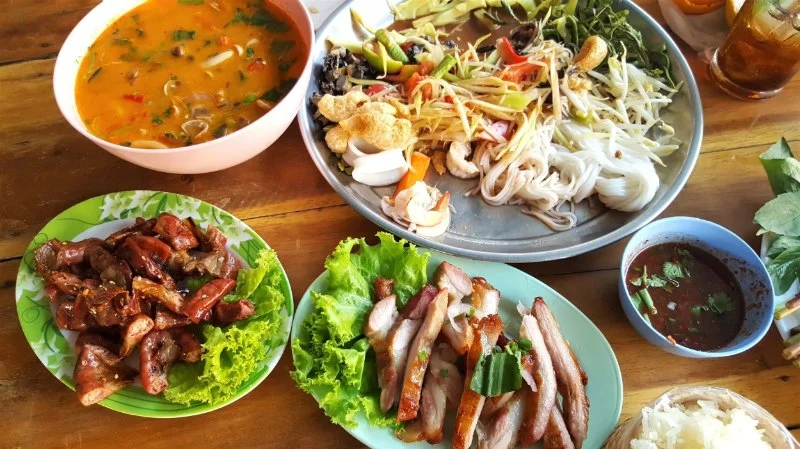
Thai Food and Mindful Eating: Connecting with Culinary Culture
Thai cuisine is celebrated around the world for its bold flavors, vibrant colors, and unique combination of sweet, sour, salty, and spicy elements. However, Thai food is more than just a feast for the senses. It’s also deeply tied to the cultural traditions of Thailand, particularly the concept of mindful eating. In this article, we will explore how Thai food and mindful eating are intertwined and how you can connect with the culinary culture while enjoying these delicious dishes.
- Understanding Mindful Eating
- Thai Cuisine and Mindful Eating
- Tips for Eating Mindfully with Thai Food
- A Personal Experience with Thai Food and Mindfulness
1. Understanding Mindful Eating
Mindful eating is a practice that involves paying full attention to the experience of eating. It’s about being present in the moment, appreciating the food you’re eating, and noticing how it makes you feel. The goal is to foster a deeper connection to your food, making eating an intentional and enjoyable experience rather than something done on autopilot.
1.1 Key Principles of Mindful Eating
Mindful eating focuses on a few key principles:
- Awareness: Paying attention to the taste, texture, smell, and appearance of your food.
- Non-judgment: Letting go of labels like "good" or "bad" and simply experiencing the food.
- Slow Eating: Eating slowly to savor each bite and notice how full or satisfied you feel.
This practice can improve digestion, help with portion control, and enhance the enjoyment of food. Thai food, with its rich flavors and cultural importance, is the perfect cuisine to practice mindful eating.
2. Thai Cuisine and Mindful Eating
In Thai culture, food is an essential part of everyday life and is deeply intertwined with mindfulness. Traditional Thai meals are typically served family-style, encouraging sharing and communal eating, which can further enhance the mindful eating experience.
2.1 The Balance of Flavors
Thai cuisine is known for its intricate balance of flavors—spicy, sour, salty, and sweet. Each dish is designed to harmonize these flavors in a way that stimulates the senses and encourages a deeper connection with the food. For instance, a dish like Tom Yum Soup balances the heat of chili with the tartness of lime and the savory notes of fish sauce. This combination requires you to be fully engaged as you savor each bite.
2.2 The Role of Fresh Ingredients
Fresh ingredients are central to Thai cooking. Herbs like basil, cilantro, and lemongrass are not just used for flavor—they are also believed to have medicinal properties. This makes Thai food not only delicious but also nourishing. When you focus on the freshness and quality of the ingredients, it becomes easier to appreciate the complexity of each dish and eat with intention.
2.3 The Cultural Importance of Food
In Thailand, meals are an opportunity to connect with loved ones and share a meaningful experience. Food is a symbol of hospitality, and sharing a meal is a sign of respect and love. This cultural significance reinforces the idea of mindful eating—food is not just for sustenance but also for connection and enjoyment.
3. Tips for Eating Mindfully with Thai Food
If you want to connect with Thai food on a deeper level, here are some tips to help you eat mindfully:
3.1 Start with Awareness
Before you dig into a Thai dish, take a moment to appreciate the colors, aromas, and textures. Notice how the dish is presented and take in the fresh ingredients used. This can help you slow down and begin your mindful eating journey.
3.2 Focus on the Sensory Experience
Pay attention to the different textures and flavors as you eat. Whether it’s the crunch of fresh vegetables in a salad or the smoothness of coconut milk in a curry, try to focus on the experience of eating rather than distractions like your phone or TV.
3.3 Practice Gratitude
Take a moment to express gratitude for the food, the people who prepared it, and the cultural traditions behind the dish. This mindfulness practice can help you feel more connected to the food and enhance your enjoyment.
4. A Personal Experience with Thai Food and Mindfulness
Last summer, I took a trip to Thailand where I had the opportunity to dine with locals and experience traditional Thai meals. The meals were served family-style, with a wide array of flavors that made me appreciate the art of balance in Thai cuisine. As we ate, we talked and shared stories, and I realized that food was not just about nourishment—it was about connection. This experience deeply influenced my approach to eating at home, where I now practice mindful eating, especially when preparing and enjoying Thai dishes.
By being intentional and fully present while eating, I’ve found that I enjoy food more and feel more satisfied after each meal. Thai food, with its complex flavors and cultural significance, has helped me connect with both the food and the people around me in ways I never expected.



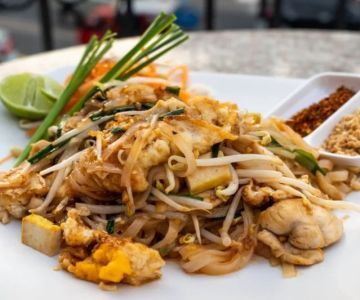

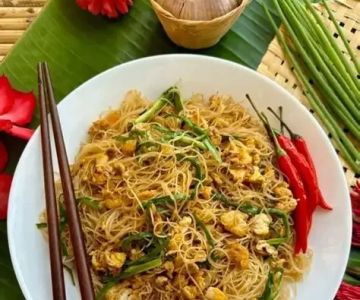

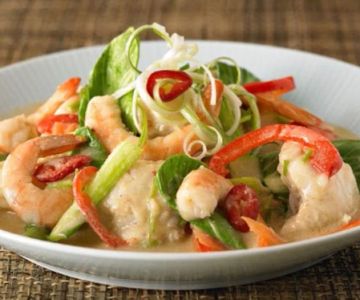
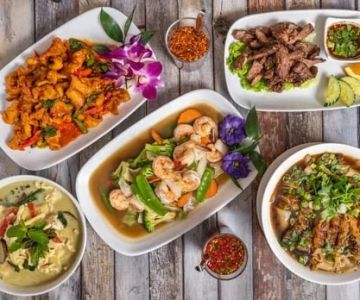
 iThai Restaurant4.0 (153 reviews)
iThai Restaurant4.0 (153 reviews) Anon's4.0 (12 reviews)
Anon's4.0 (12 reviews) Chiangmai4.0 (491 reviews)
Chiangmai4.0 (491 reviews) Thai House4.0 (403 reviews)
Thai House4.0 (403 reviews)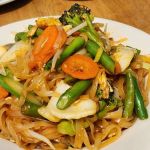 Uni Thai Bistro4.0 (150 reviews)
Uni Thai Bistro4.0 (150 reviews) Yummy Thai3.0 (74 reviews)
Yummy Thai3.0 (74 reviews) Best Thai Food Restaurants in Orlando for Flavor Explorers
Best Thai Food Restaurants in Orlando for Flavor Explorers The Classic Thai Dish You’ve Probably Never Heard Of (But Should)
The Classic Thai Dish You’ve Probably Never Heard Of (But Should) How to Make Thai Food Work for a Tight Weeknight Schedule
How to Make Thai Food Work for a Tight Weeknight Schedule Thai Food Ingredient Spotlight: Kaffir Lime Leaves & Their Unique Aroma
Thai Food Ingredient Spotlight: Kaffir Lime Leaves & Their Unique Aroma The Best Thai Food Recipes for Social Gatherings & Watch Parties
The Best Thai Food Recipes for Social Gatherings & Watch Parties Best Thai Meat Recipes for Meat Lovers Seeking Something New
Best Thai Meat Recipes for Meat Lovers Seeking Something New